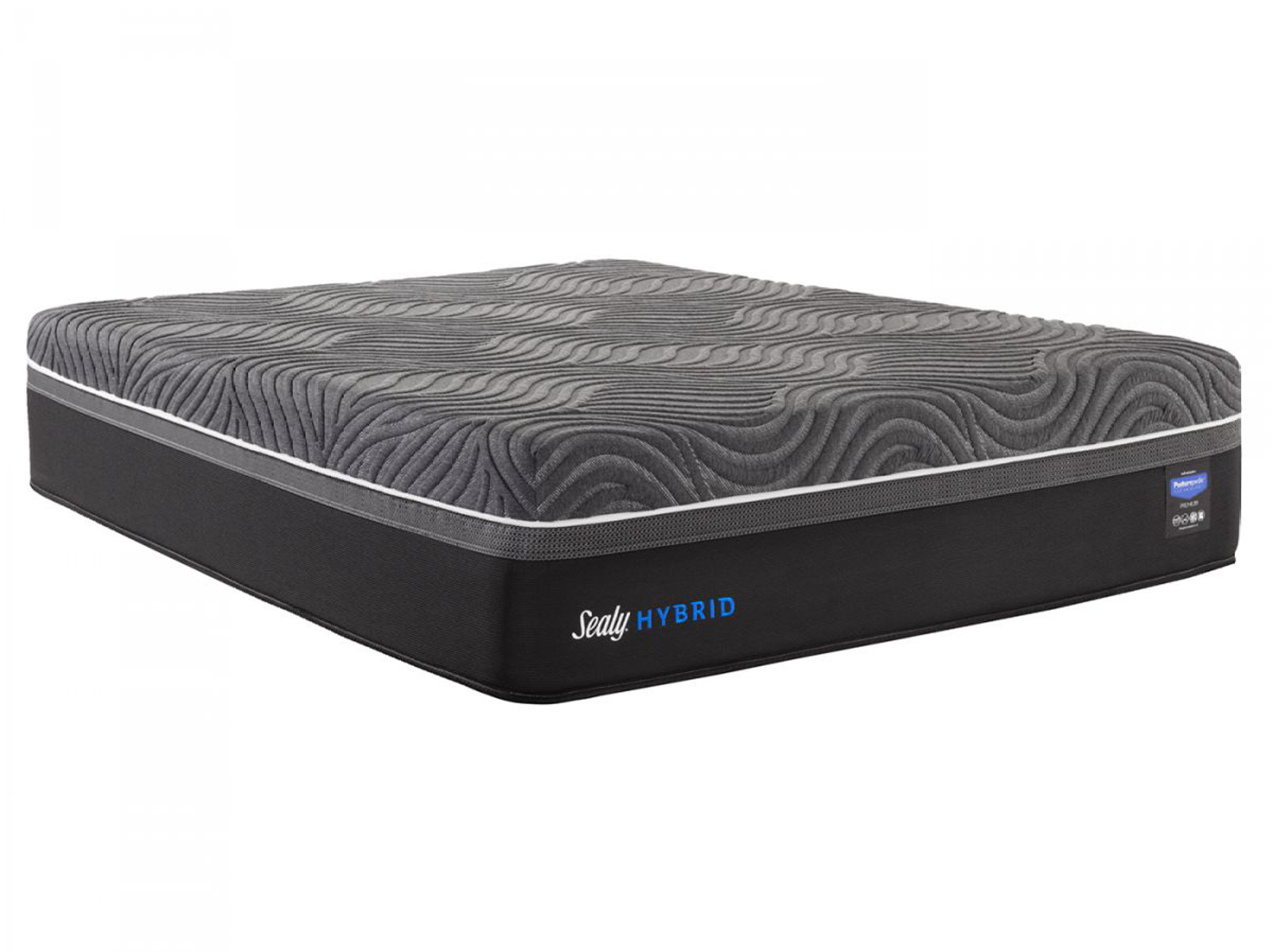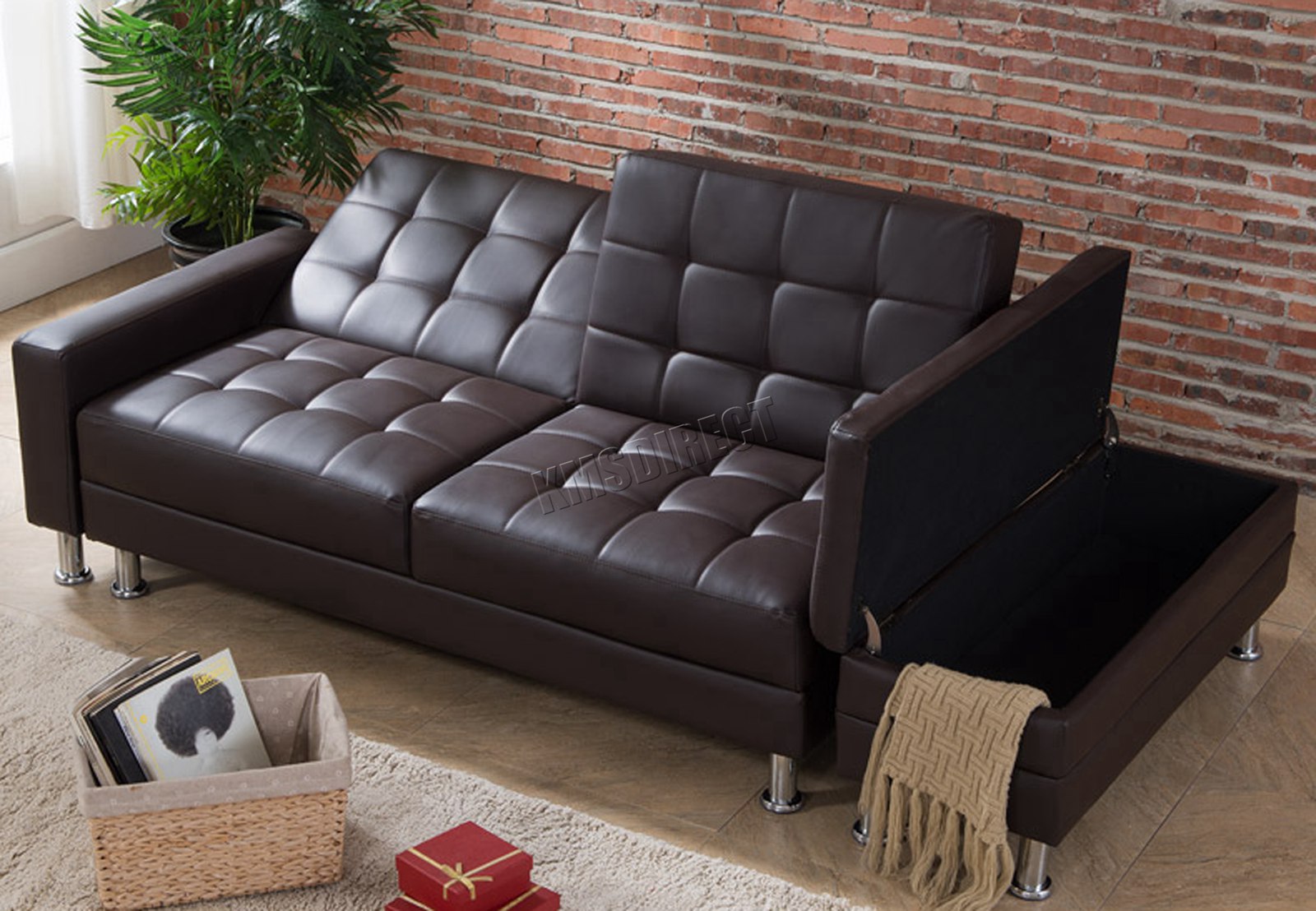Ergonomics is the science of designing and creating the living environment to fit the users’ physical and psychological requirements. This concept is applied to the design of furniture, workplaces, electronic gadgets, and other objects used by people. Incorporating ergonomics into house design plays a key role in providing better living conditions and enhancing the quality of life. Ergonomic house designs involve comfortable furniture, fast access to utilities, and healthful air. Properly designed furniture reduces strain and fatiguein your body, prevent injury, and increase physical activity. When furnishing the house, special attention should be given to your comfort and convenience.Ergonomic House Design Basics
Today, a home office is no longer a novelty but is part of a regular home setup. To ensure comfort and efficiency in your workspace, use height-adjustable furniture, ergonomic chairs, and bright lighting. Place the monitor at the right level for your eyes when seated, adjust the chair to ensure ample lumbar support, and use a wrist-rest to prevent carpal tunnel syndrome. If you have to sit in front of the computer for long hours, make sure to take regular breaks. Place a timer on the computer and take short breaks to perform other house tasks during work.Creating an Ergonomic Home Workspace
The living room is the most versatile space in your home, serving as testimony to your personal design style. An ergonomically designed living room requires proper seating furniture and easy access to other utilities. Use furniture according to the room size and provide sufficient space for movement within. For a better ergonomic outcome, use comfortable furniture with ample cushioning and armrests. Place the chairs in a conversation circle so everyone can interact with one another conveniently. Make sure you maintain the balance between functionality and style when selecting furniture.Ergonomic Living Room Design Tips
A bedroom becomes truly ergonomic when the user gets the desired comfort. An ideal bedroom design includes comfortable and adequate storage space and healthy air quality. Make sure to limit the electronic and electronic gadgets in the bedroom. Use light colors and soft fabrics for furniture and flooring. Keep the furniture light and replace a large bed for a twin bed with useful storage space. Consider a wall-mounted night stand that won't consume floor space and install a ceiling fan for better air circulation.Understanding Ergonomic Bedroom Design
The kitchen needs to be designed ergonomically to optimize efficiency, promote user safety, and ensure convenience. Place cabinets and countertops at height-appropriate levels to perform kitchen activities quickly and conveniently. Use drawers with soft-close hinges and pull-out shelves that are easy-to-grasp. Make sure to include ample storage space and enough space between the working areas. Install a wall-mounted storage system for everyday items and store utensils and other items in drawers. Consider stainless steel appliances for an ergonomic kitchen.Incorporating Ergonomic Design for Kitchen Layouts
Apart from ergonomic design, the ambiance of your home office should be invigorating and cozy. Incorporate natural light and air to give a comfortable feel to the workspace. Use decor items and creative wall arts to stimulate productivity and keep the work environment vibrant. Choose an ergonomic chair and place a footrest and arm-support to reduce physical strain. Place motivational items around to give a much-needed break from regular work tasks. Make sure to add images of nature and uplifting quotes to lighten the mood.Ergonomic Ideas to Enhance Your Home Office Ambiance
The small size and frequent usage of bathrooms require special attention to make it an ergonomic area. Place all the toiletries, shampoo, and other items within arm's reach to reduce stretching. If you don't have enough storage space, opt for wall-mounted shelves that reduces clutter. Install appropriate lighting to make it easier to perform regular tasks. Place a durable and non-slippery bath mat to ensure safety while using the shower. Keep the design simple and clutter-free to optimize comfort.Healthy and Ergonomic Bathroom Ideas
An outdoor living room is the perfect place to enjoy the sun, soak in the cold breeze, and spend quality time with family. With the right design, this space can become an ergonomic extension of the house. The furniture needs to be comfortable and strong enough to withstand the weather. Use modular furniture pieces to accommodate more people without clouding appreciation of the outdoor view. Place furniture around the fire pit for a cozy evenings. Make sure to protect the furniture and flooring from damage using weatherproof materials.Ergonomic Outdoor Living Room Design Ideas
The patio is the backyard gateway and should be designed keeping ergonomics, style, and safety in mind. Wherever possible, use furniture and decor that enable easy reorganization and conversion for better accessibility. Choose proper flooring that can withstand the weather and is easy to clean. Place the furniture under a shade to enjoy some relaxation in the sunshine. Keep the essential items within arm's reach and provide enough space around the furniture for easy movement. Place one or two focal points with sculptures, planters, or even a swing hammock to create an inviting atmosphere.Maximizing Safety and Style with an Ergonomic Patio Design
When selecting furniture for the living room, pay attention to the ergonomic features. These features should be integrated into each furniture piece to create a more comfortable sitting experience. Avoid extra frills and use simple and stylish furniture. A settee, recliner chair, and couch are common furniture pieces in the living room. Choose a couch made from high-quality materials with firm cushions and adjustable leg rests. Choose an armchair with adjustable backrest for better ergonomic output. Identifying the Features of Ergonomic Living Room Furniture
Ergonomics maximizes user comfort, reduces physical strain, and optimizes the efficiency of the overall environment. Glowing furniture, plants, and automatic systems are some of the burgeoning trends in ergonomic home design. Use wall-mounted furniture to save space and lighten up the space. Automate household activity with smart appliances that can be operated conveniently. Incorporate plants to get the natural air and the creative feel of the house. Choose modern luminous furniture pieces that fit the purpose and can be used as multi-functional items.Trends in Ergonomic Home Design
Ergonomic House Design to Achieve Maximum Comfort and Efficiency
 Good home design is essential for achieving a comfortable and efficient living environment. Ergonomic house design is the process of designing a house for optimal user comfort and efficiency. By taking into account user needs and preferences, as well as the features of the house, an efficient and comfortable home design can be created.
Good home design is essential for achieving a comfortable and efficient living environment. Ergonomic house design is the process of designing a house for optimal user comfort and efficiency. By taking into account user needs and preferences, as well as the features of the house, an efficient and comfortable home design can be created.
Benefits of Ergonomic House Design
 The primary benefit of ergonomic house design is the improvement of both user comfort and efficiency. By taking the user's needs into consideration, furniture and fixtures can be placed such that they can be easily reached and used by all members of the family. For instance, countertops can be restructured or adjusted to better suit people of varying heights and ages. This ensures that everyone can be as comfortable as possible, while also making it easier for them to perform their daily tasks.
Another important benefit of ergonomic house design is reducing energy expenses. Equally important in today’s world, energy-saving appliances and fixtures are now available for purchase. This makes it easy to strategically pick and place products throughout the house that will maximize its energy efficiency. Additionally, special lighting can be installed to better utilize day light for task-lighting. All this will allow for greater energy conservation and cost savings.
The primary benefit of ergonomic house design is the improvement of both user comfort and efficiency. By taking the user's needs into consideration, furniture and fixtures can be placed such that they can be easily reached and used by all members of the family. For instance, countertops can be restructured or adjusted to better suit people of varying heights and ages. This ensures that everyone can be as comfortable as possible, while also making it easier for them to perform their daily tasks.
Another important benefit of ergonomic house design is reducing energy expenses. Equally important in today’s world, energy-saving appliances and fixtures are now available for purchase. This makes it easy to strategically pick and place products throughout the house that will maximize its energy efficiency. Additionally, special lighting can be installed to better utilize day light for task-lighting. All this will allow for greater energy conservation and cost savings.
The Role of Professional Builders and Designers
 Professional builders and designers have the technical and creative expertise to create the most efficient, aesthetically pleasing, and comfortable homes. With their knowledge of construction, they can create home designs that are both practical and attractive.
These professionals also possess the capability to create cost-effective solutions without compromising the integrity of the design. With their expertise, they can suggest materials, fixtures and furniture that are both long-lasting and cost-efficient.
Professional builders and designers have the technical and creative expertise to create the most efficient, aesthetically pleasing, and comfortable homes. With their knowledge of construction, they can create home designs that are both practical and attractive.
These professionals also possess the capability to create cost-effective solutions without compromising the integrity of the design. With their expertise, they can suggest materials, fixtures and furniture that are both long-lasting and cost-efficient.
Takeaway
 Ergonomic house design offers many benefits, making it an ideal choice when planning a home. Not only does it promote user comfort and efficiency, but it is also economically and ecologically beneficial. With the help of professional builders and designers, you can create a home design that is tailored to your needs and preferences.
Ergonomic house design offers many benefits, making it an ideal choice when planning a home. Not only does it promote user comfort and efficiency, but it is also economically and ecologically beneficial. With the help of professional builders and designers, you can create a home design that is tailored to your needs and preferences.

















































































































